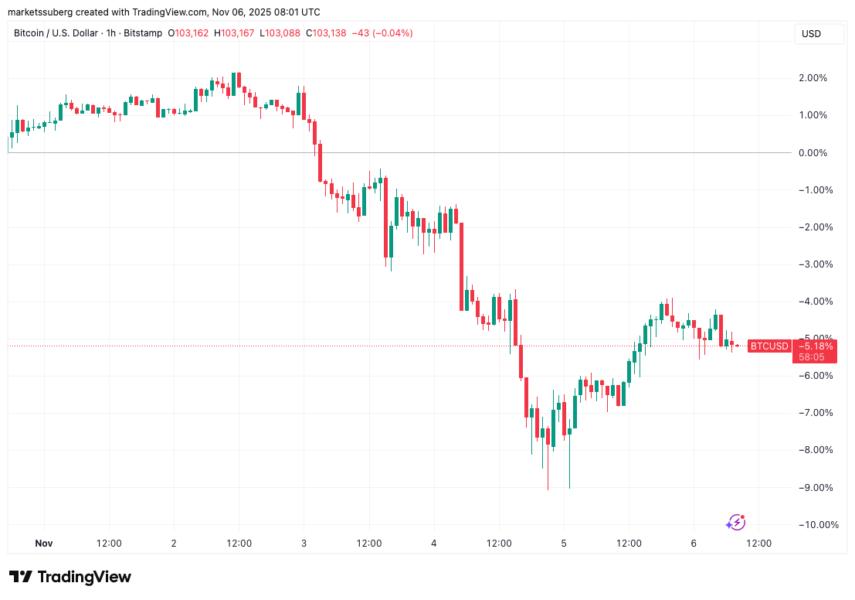In a move that signals shifting attitudes toward digital assets within traditional financial institutions, the Czech central bank has disclosed the purchase of Bitcoin and other cryptocurrencies worth approximately Rs. 8.3 crore (about $1 million). The acquisition reflects an emerging trend among central banks exploring diversified reserve strategies amid evolving global monetary conditions. As inflationary pressures, geopolitical uncertainties, and currency fluctuations reshape economic landscapes, the bank’s measured entry into digital assets underscores both experimentation and prudence. This development highlights the growing legitimacy of cryptocurrencies within formal economic systems, while raising important questions about future reserve management practices.
A Notable Step Toward Reserve Diversification
The Czech central bank’s decision to acquire Bitcoin and other digital assets marks a significant step in its broader reserve management approach. Traditionally, central banks rely on gold, foreign currencies, and government bonds to stabilize their portfolios. The introduction of cryptocurrencies into this mix suggests a willingness to explore new asset classes that may offer different risk-return dynamics.
While the purchase remains modest relative to the bank’s total reserves, it carries substantial symbolic weight. It indicates recognition of digital assets as potential components of diversified monetary holdings rather than purely speculative instruments.
Why Bitcoin Appealed to Policymakers
Bitcoin’s appeal lies in its decentralized structure, predictable supply schedule, and global liquidity. For central banks navigating uncertain economic environments, these qualities can offer a hedge against traditional market risks.
The Czech central bank’s acquisition appears to reflect a strategic test rather than a sweeping policy shift. By committing a limited amount, policymakers can assess Bitcoin’s behavior under real-world monetary conditions without jeopardizing financial stability. This cautious yet forward-looking approach aligns with how several global institutions are increasingly evaluating digital assets.
Global Trends Influence Domestic Strategies
Across the world, financial institutions are reassessing their reserve compositions. Persistent inflation, evolving geopolitical alignments, and fluctuating foreign exchange markets have prompted some central banks to diversify beyond conventional assets.
Cryptocurrencies—particularly Bitcoin—have emerged as potential alternatives due to their accessibility and resilience in certain market cycles. The Czech central bank’s move reflects this global reassessment, positioning the institution to better understand the operational and strategic implications of holding digital assets.
A Calculated Investment With Broader Implications
The size of the investment, though small in monetary terms, represents an important signal to financial markets. Central banks are typically conservative entities, and even incremental movements toward digital assets can influence market perceptions.
This action may encourage further examination of blockchain-based financial instruments, including tokenized securities and central bank digital currencies. The Czech central bank’s foray suggests an interest not only in investment but also in understanding the technological foundations shaping the future of money.
Balancing Innovation With Risk Management
Despite the strategic significance of the purchase, the central bank remains committed to prudent risk management. Cryptocurrencies, particularly Bitcoin, exhibit high volatility—making large-scale adoption unsuitable for institutions prioritizing stability.
By limiting its exposure to Rs. 8.3 crore, the bank maintains financial safety while gaining practical insights. This balanced approach enables researchers and policymakers to evaluate custodial challenges, market liquidity, regulatory considerations, and long-term value retention.
What This Could Mean for the Future of Central Banking
The move raises broader questions about how central banks will adapt to an increasingly digital financial ecosystem. As blockchain technology matures and global adoption accelerates, institutions may face pressure to re-evaluate traditional reserve frameworks.
While widespread adoption of Bitcoin by central banks remains unlikely in the near term, measured steps—such as this Czech initiative—could pave the way for more experimentation. These early actions contribute to shaping global monetary policy discussions and may influence regulatory frameworks surrounding digital assets.
Conclusion
The Czech central bank’s Rs. 8.3 crore investment in Bitcoin and other cryptocurrencies marks a forward-leaning yet cautious step into the world of digital assets. Although the financial commitment is modest, the symbolic significance is substantial, signaling a willingness to engage with new monetary technologies. As economic conditions evolve and digital finance expands, such initiatives hint at a future where cryptocurrencies play a more visible role in central banking strategy—carefully managed, strategically studied, and increasingly integrated into the global financial landscape.
